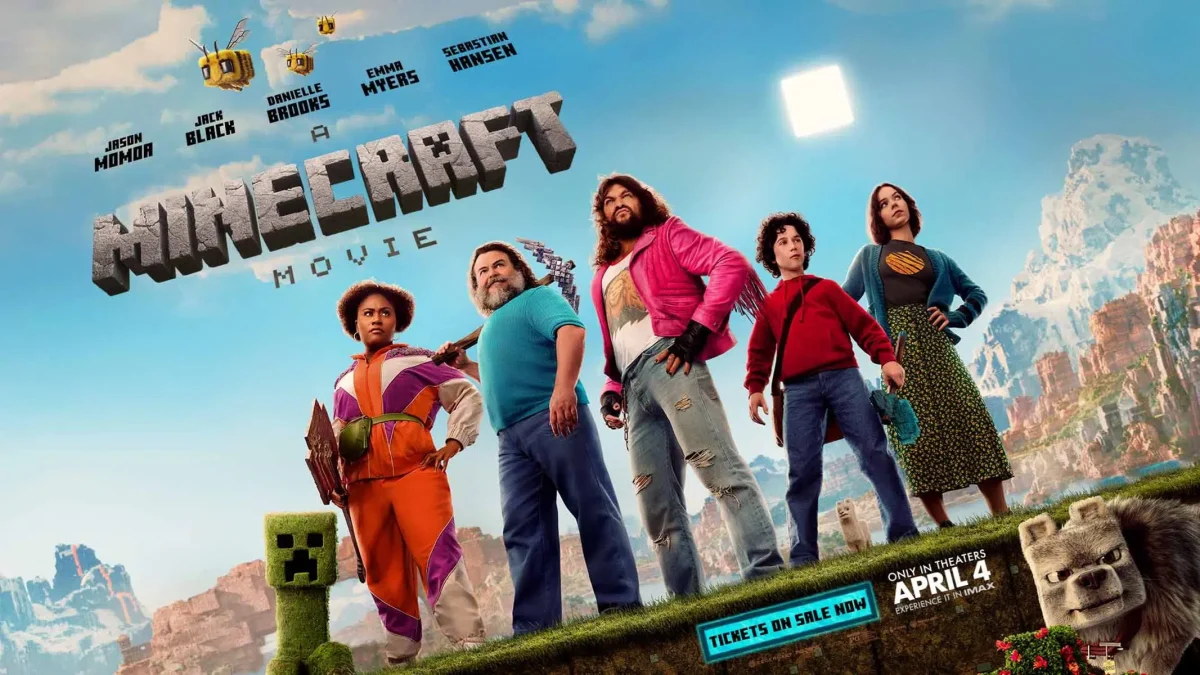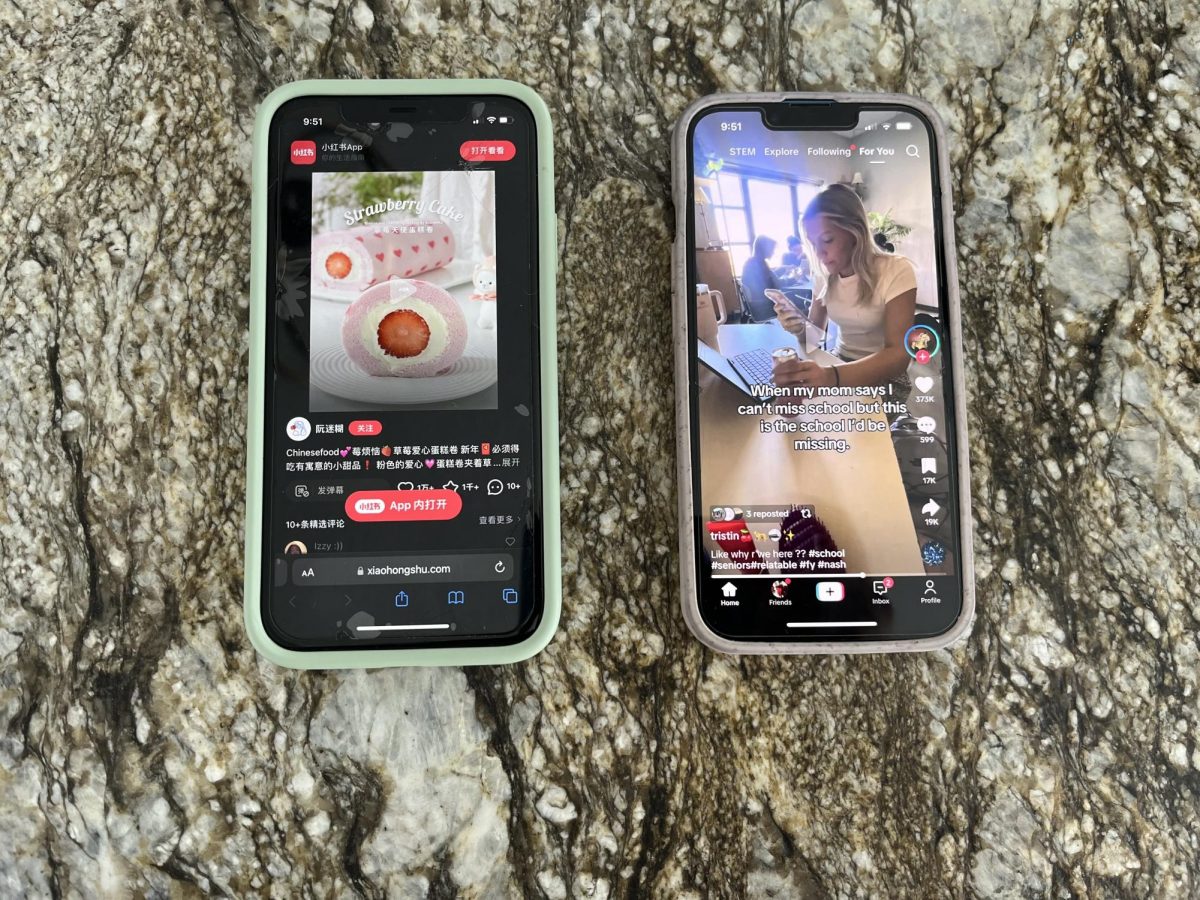Reprise of “Avatar: The Last Airbender” enchants both old and new fans
Since the start of quarantine, people like you and me have been bored out of our minds, desperately searching for new shows and movies to watch to make social distancing more bearable. New series such as Outer Banks and Riverdale have been popular time-wasting choices among consumers, but recently Netflix has added an older addition to their collection of binge-worthy shows and movies: Avatar: The Last Airbender.
Commonly abbreviated to ATLA, this animated series aired on Nickelodeon from 2005 to 2008. During this time, ATLA was one of the most popular shows on the network, and many current high schoolers and college students feel nostalgic towards the series. When ATLA was released on Netflix on May 15, it instantly became one of the most-watched shows on the service. Now-matured fans, such as myself, who watched the show as children were frantic to watch the entire 61-episode series as soon as possible. However, the hype surrounding the show has also inspired countless new viewers to watch ATLA for the first time.
ATLA takes place in a fictional world made up of four separate countries: Water Tribes, Earth Kingdom, Fire Nation, and Air Nomads. Some members of each country have the ability to “bend” or control their respective element. As the introductory voiceover explains at the start of every episode, the four nations coexisted peacefully until the Fire Nation started invading the other countries in an attempt to dominate the world. The series follows Aang, the Avatar and foretold savior of the world, and his adventure to learn and control all four elements.
The different nations and elemental bending techniques are based on specific Asian cultures, such as Chinese, Japanese, and Tibetan. The food, clothes, music, and architecture in ATLA take inspiration from these cultures, as well as the animation style. Despite being created and produced in the United States, ATLA’s animation pays homage to traditional Japanese anime.
This series may have been created primarily for children to enjoy, but that doesn’t mean the show is purely childish like “Spongebob” or “Sesame Street.” ATLA has a carefully planned out storyline with interesting plot twists and natural character development. Certain characters go through life-changing experiences and better themselves as the series goes on. Despite airing on Nickelodeon, a network for children, the ATLA isn’t afraid to explore heavy topics, such as death in the family, harsh militaristic oppression, censorship, and petnapping. The characters face intense personal challenges that you don’t see in any other “kid’s show.” The series manages to explore these deep topics effectively while still making them understandable for children and also balances seriousness with goofy humor that even adults can laugh at.
The worldbuilding of ATLA cannot go unappreciated. The four nations all have unique and interesting history that is explored in both ATLA and its spin-off series, The Legend of Korra. Maps of the world of ATLA are shown frequently throughout the series, and fans have created their own versions of the map, labeling the various cities and islands that Aang and his friends explore. The mystical elements of the series are also fantastically detailed. Much like the world in real life has different laws and properties, such as gravity, elemental bending has its own rules, and benders utilize their powers for creative and imaginative applications.
Avatar: The Last Airbender is one of the best animated series of all time. Even 15 years after its release, it still holds up against other great animated series like Star Wars: The Clone Wars, Young Justice, and Rick and Morty. It’s both lighthearted and intense; humorous and serious. The worldbuilding of ATLA is better than that of any other animated show, and if you’re looking for a new series to watch during quarantine, I highly recommend ATLA.




































![Teacher Lore: Mr. Hillman [Podcast]](https://bsmknighterrant.org/wp-content/uploads/2025/03/teacherlorelogo-1200x685.png)




